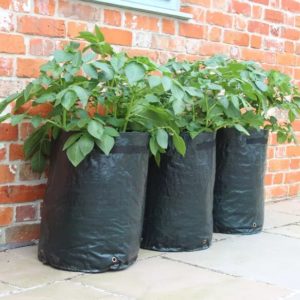 Growing potatoes is easy in well-prepared soil. Spring rains give the potatoes a head start without effort. We’ve harvested potatoes that volunteered in a compost pile!
Growing potatoes is easy in well-prepared soil. Spring rains give the potatoes a head start without effort. We’ve harvested potatoes that volunteered in a compost pile!
Growing potatoes in a planting bag filled with potting soil is rewarding and simple. Potato grow-bags have several advantages over conventional garden growing. They drain well, and they are easy to harvest.
Grow your Potatoes the Easy Way!
Prepare
Cut seed potatoes into chunks having at least two eyes each. Allow the pieces to be dry at least overnight or dust with sulfur.
Fill the container about 1/3 full with a 50/50 mixture of Master Nursery Bumper Crop and either garden soil, or Master Nursery Potting Soil. Add Masters Tomato Vegetable Fertilizer or Master Start.
Plant
Plant one seed potato for every 3 gallons of fabric pot capacity. For the #10 container, for example, plant three to four seed potatoes. Place the seed potatoes evenly in the pot.
Water the soil thoroughly. It should be moist but not soggy.
Care
Soon, you will see little stems pop through the soil. Mound up more soil/compost mix, on the stem without covering the top set of leaves. The leaves need sun and air exposure.
As the potatoes continue growing, keep adding the soil/compost mix around the stem until you reach the top of the container.
In June, when the plants begin to bloom, you can harvest “new” or young potatoes. Or for larger more mature potatoes, wait until mid to late summer the potato leaves and stems will begin to turn yellow. Timing will vary somewhat depending on the potato variety.
When the foliage has died back, stop all watering about two weeks before harvest. The leaves and stems will turn almost all yellow. You are ready to harvest.
Harvest
Don’t use a spade or sharp instrument! Pull out all the stems and leaves, wearing gloves. Dig in and find your hidden potatoes or simply dump out the “potato bag”.
Store
Arrange potatoes in a single row for a day and allow to dry. Then brush off the soil. Store potatoes in a cool, dry area with ventilation. Do not store potatoes in the refrigerator!
Bag Care
Potato planting bags are reusable! Shake out any extra soil and allow the container to dry. Store in a dry location until you are ready to start again next spring.

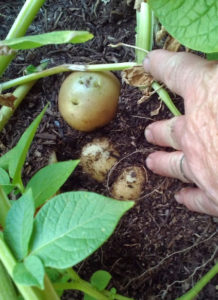
![pixdfig[1]](https://www.aldenlane.com/m/wp-content/uploads/2015/12/pixdfig1.jpg)
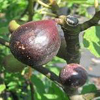
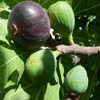
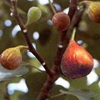
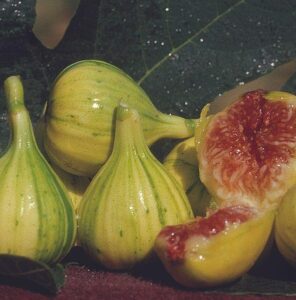
![pome2014[1]](https://www.aldenlane.com/m/wp-content/uploads/2015/12/pome20141.jpg)
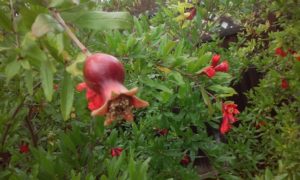
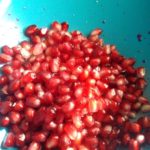
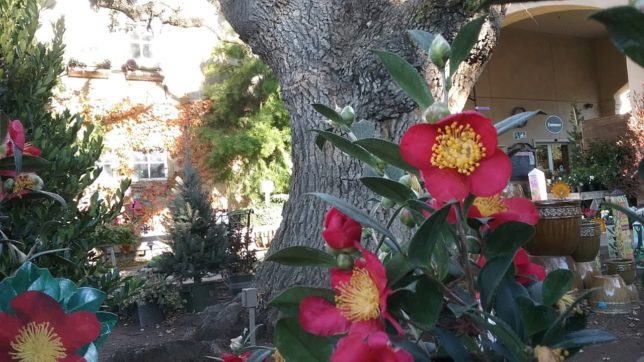
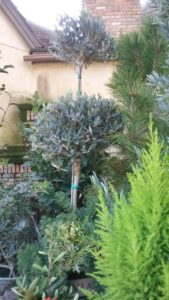
![vertcitrus[1]](https://www.aldenlane.com/m/wp-content/uploads/2015/11/vertcitrus1.jpg)
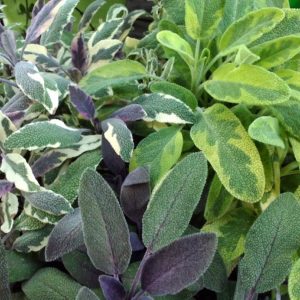 As the temperatures drop and the desire to garden remains high, cold hardy herbs can fill a need to grow something edible. Herb gardening can be enjoyed in a kitchen window, a container on the deck or out in the garden bed, and they are perfect for Thanksgiving Stuffing, winter stews, salads and more.
As the temperatures drop and the desire to garden remains high, cold hardy herbs can fill a need to grow something edible. Herb gardening can be enjoyed in a kitchen window, a container on the deck or out in the garden bed, and they are perfect for Thanksgiving Stuffing, winter stews, salads and more. 
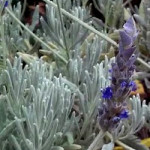
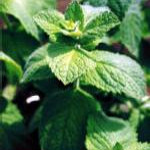
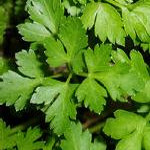
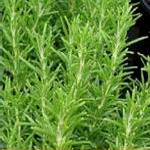
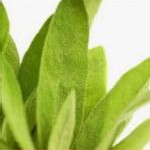
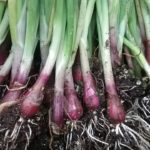
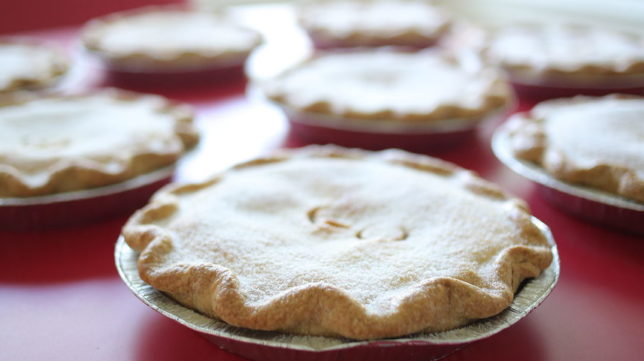
![winterstew[1]](https://www.aldenlane.com/m/wp-content/uploads/2015/10/winterstew1.jpg)